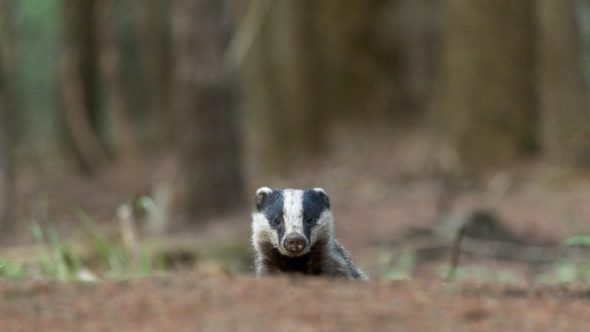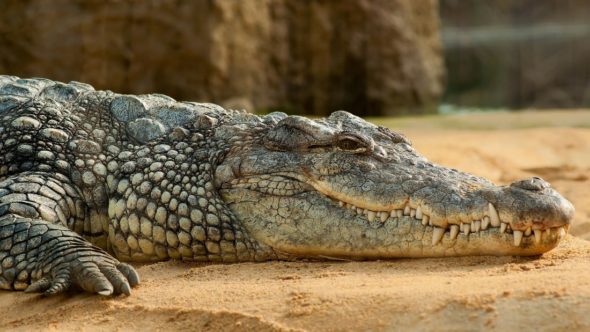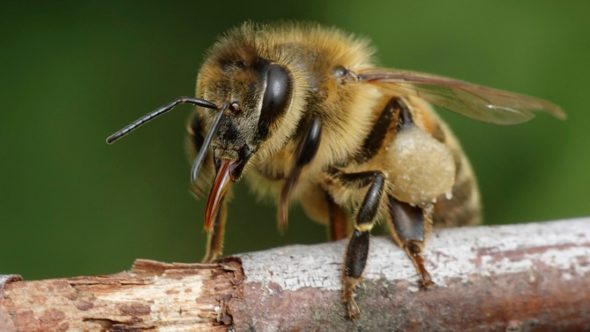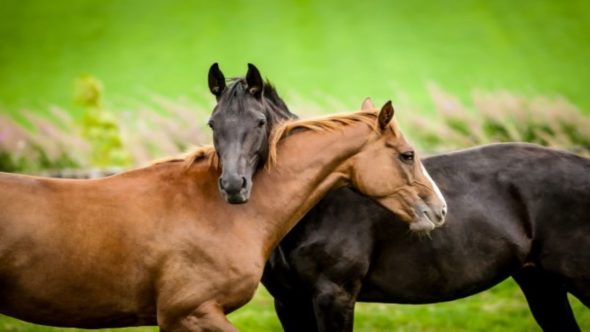Other Animals
The Badger Cull and Bovine TB
Everything you need to know about the badger cull, bovine tuberculosis, and whether other options are available.
How Crocodiles Are Farmed and Killed
Crocodiles are more closely related to dinosaurs and birds than to other reptiles and their ancestors have lived on this planet for more than 200 million years. Around 1.33 million crocodiles were killed each year worldwide from 2007 to 2010 and over 1.5 million in subsequent years. Their meat is a by-product of producing their expensive skins.
How Honey Bees are Farmed and Killed
The extraordinary hard work that honey bees put into producing enough honey for their hive makes it all the more devastating that humans feel that it is their right to take it for themselves. The only way to stop this exploitation of bees is to go vegan.
How Horses Are Farmed and Killed
Horses are highly sociable animals that form strong bonds within their group; both with family members and other, non-related horses. They were first domesticated to be used for their milk and meat and also as transport. Since horse meat is not popularly consumed in the UK, 94 per cent of it is exported with just six per cent remaining in the UK — sold to meat markets, butchers and individual customers.
How Kangaroos Are Farmed and Killed
Kangaroos are native to the Australian landscape and uniquely adapted to survive its extreme climate hit by frequent droughts. Unfortunately ‘licenses to harm kangaroos’ are available to supply the commercial kangaroo meat trade and ‘k-leather’ industry. Kangaroo leather is used in high-end fashion and some professional football boot brands such as ADIDAS, Nike and Puma.
How Ostriches Are Farmed and Killed
Ostriches are the tallest and heaviest birds in the world. Find out how these speedy flightless birds live in the wild, and how they are farmed and killed.
How Rabbits Are Farmed and Killed
In the UK, rabbits are farmed for their meat, fur and wool, and some for animal experimentation.
How Reindeer Are Farmed
Traditionally, the farming of reindeer was small scale with maximum quotas to protect sustainable population numbers. Now, however, farming methods are becoming increasingly industrialised.
Squirrel Culling in the UK
Grey squirrels were brought over to Victorian Britain from North America as an ornamental species to ‘decorate’ the lawns of the aristocracy. They are now unjustly blamed and persecuted for the decline of their red counterparts.













